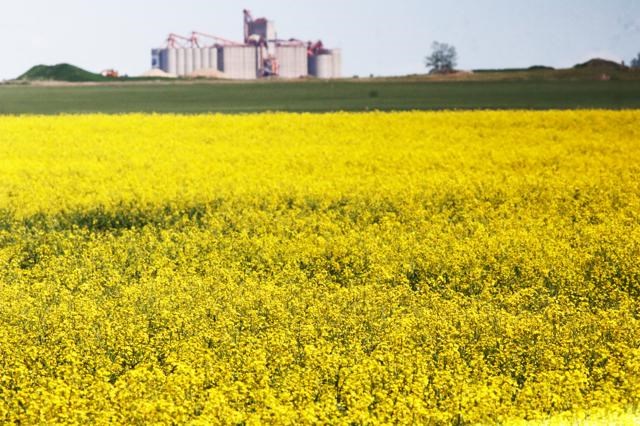Crop conditions in the southeast area range from fair to good condition, according to the latest report from Saskatchewan Agriculture’s crop report.
The report notes that 66 per cent of the spring wheat, 57 per cent of the canola and 54 per cent of lentil crops are in good condition at this time.
In addition, 71 per cent of durum crops, 73 per cent of oat crops, 68 per cent of barley fields, 75 per cent of canaryseed crops, 50 per cent of flax, 67 per cent of mustard, and 73 per cent of peas are also in good condition currently.
In terms of crop development, 63 per cent of fall cereals, 58 per cent of spring cereals, 57 per cent of the oilseed crops and 55 per cent of the pulse crops are at their normal stage of development for this time of the year.
In terms of moisture, producers are noticing low moisture stress symptoms developing in many crop, pasture and hay fields across the southeast.
For Creelman area farmer Marcel Van Staveren, who farms with his two brothers in the Fillmore-Creelman-Griffin areas, their crops are looking good but are in need of rain very soon.
The last good rain they received was on June 8-10, and combined with rains on May 19-22, they have received a total of six to eight inches of rain so far this growing season, and are on track for a total of around 12 inches of rain this year. He feels optimistic with rain in the forecast for the latter part of this week.
“The crops appear to look good, and it appears we still have the potential to have average to above-average yields this year,” he said, noting they have low amounts of disease in the crops, while grasshoppers are growing larger in number and could be a problem later this summer.
The southeast was fortunate in not getting hit very hard by the extreme heat of 40-plus degree days like B.C. had recently, with just a few days of over-30 degree heat, he added.
“It appears southeast Saskatchewan might have some of the better crops and yield potential versus many other regions, specifically Montana, North and South Dakota and now southwest Saskatchewan and southern Alberta in a world of hurt,” said Van Staveren.
Cropland topsoil moisture is rated as zero per cent surplus, 41 per cent adequate, 46 per cent short and 13 per cent very short.
Hay and pasture land topsoil moisture is rated as zero per cent surplus, 38 per cent adequate, 28 per cent short and 34 per cent very short.
Haying has just begun in the southeast, with 12 per cent of the hay crop cut and three per cent baled or put into silage.
Hay quality is rated as 15 per cent excellent, 31 per cent good, 39 per cent fair and 15 per cent poor. The dry conditions have resulted in reduced yield for hay land as well as reduced carrying capacity on pastures.
The majority of crop damage this week were from dry conditions, wind, gophers and insects such as cutworms, flea beetles and grasshoppers.




